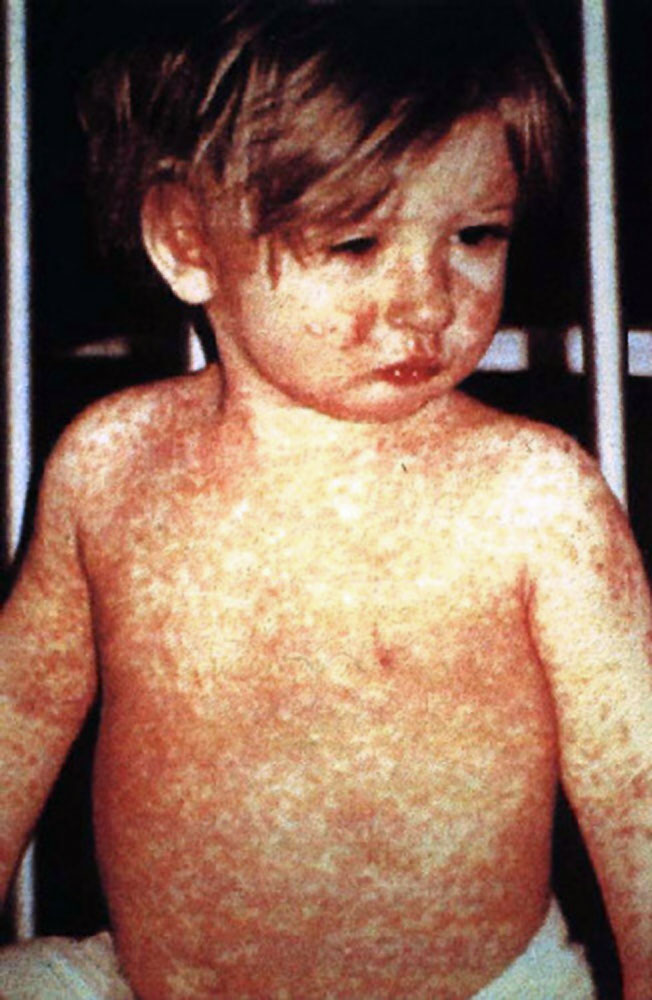
Introduction to Erectile Dysfunction (ED)
Erectile Dysfunction (ED) is a common condition that affects millions of men worldwide, characterized by the inability to achieve or maintain an erection suitable for sexual intercourse. It is a significant issue that influences not only personal health but also relationships and mental well-being. Recent studies indicate that the prevalence of ED is on the rise, underscoring the importance of understanding its causes and solutions.
Current Statistics and Findings
According to the Massachusetts Male Aging Study, nearly 52% of men experience some form of ED, especially those over 40 years of age. The condition can stem from various factors, including physical, psychological, and lifestyle choices. Conditions such as diabetes, heart disease, and obesity have been linked to higher rates of ED. Additionally, mental health conditions like anxiety and depression can exacerbate the problem, indicating that a holistic approach is necessary for effective management.
Recent Developments in Treatment
With advancements in medical science, multiple treatment options for ED have emerged. The most well-known treatment includes oral medications such as Sildenafil (Viagra) and Tadalafil (Cialis), which work by increasing blood flow to the penis. Other treatments include vacuum erection devices, injections, and in some cases, surgical options. Recent studies have also shown that lifestyle changes such as improved diet, regular exercise, and quitting smoking can significantly enhance erectile function, highlighting the importance of comprehensive care.
The Role of Mental Health
Mental health plays a crucial role in ED, making therapy and counseling effective components of treatment. Acknowledging the psychological impact of ED is essential for recovery; integrating mental health support can lead to improved outcomes. Awareness campaigns are being launched globally to destigmatize the issue and encourage men to seek help.
Looking Ahead: The Future of ED Treatment
As the medical community continues to research and understand ED, there is hope for more effective and personalized treatment options in the future. Ongoing studies are exploring novel therapies, including regenerative medicine and gene therapy, which could offer long-term solutions. Furthermore, raising awareness about ED will encourage men to talk openly about their experiences, leading to better health outcomes.
Conclusion
Erectile Dysfunction remains a significant health concern that affects millions of men and their partners. Understanding its causes and recognizing the range of treatment options are essential steps forward. With increased awareness and continued research, we can hope for improved therapies and support systems that lead to healthier, more fulfilling relationships for those affected by ED.




